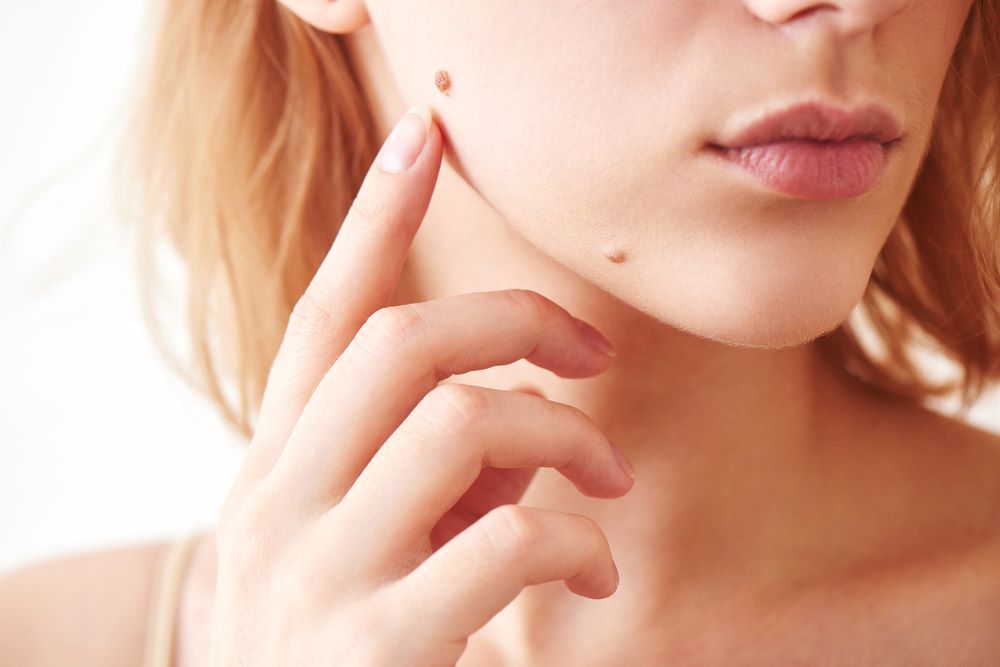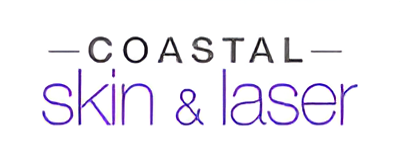Cosmetic Mole Removal on the Sunshine Coast
Sunshine Coast cosmetic Mole Removal
Here at Coastal Skin & Laser, we offer laser removal of benign raised lesions for a range of areas on the body. Our mole removal services use targeted laser technology designed to target moles or skin tags that are raised or causing irritation. Each procedure is performed by a dermal clinician or GP specialist using medical-grade equipment. All patients are assessed before treatment by a GP specialist to confirm that the lesion is suitable for cosmetic removal.
If there is any doubt about a mole’s nature, a skin cancer check or skin biopsy will be recommended prior to treatment.
As a skin clinic based in Tewantin, we welcome patients from across the Sunshine Coast, including Noosa, Coolum, Maroochydore, Mooloolaba and Caloundra.
To book a consultation for mole removal or ask a question, call
(07) 5355 6033.
Removing for Cosmetic Reasons
Cosmetic mole removal uses focused laser technology to address the raised appearance of benign lesions. This non-surgical method may be considered for cosmetic reasons.
Laser treatment may be suitable for various areas of the body and may require one or more sessions.
An assessment is required prior to treatment to determine whether the lesion is appropriate for cosmetic removal. Lesions showing suspicious changes will be referred for further investigation before any procedure takes place.
Our team aims to approach each mole removal procedure with care, in line with clinical protocols. Aftercare instructions are provided to support appropriate wound management following treatment.
Our service includes:
- Non-surgical cosmetic mole or skin tag removal
- Suitable for most body areas
- Referral or in-house treatment is available if further investigation is needed
Book online with Coastal Skin & Laser to arrange an assessment.
FAQs
Who can benefit from K-Laser Blue-Derma?
Anyone with benign raised lesions, including:
- Skin Tag
- Papilloma
- Fibroma
- Dermal Nevus
- Seborrheic Keratosis
What parts of the body can be treated?
- Face
- Scalp
- Eyebrow
- Armpit
- Underneath Breast
- Rubbing Areas (clothes)
What does it feel like?
The laser beam burns the mole. For a comfortable procedure, numbing cream or local anaesthesia is offered.
What to expect post-laser?
K-Laser Blue Derma minimises heat damage and inflammation in the surrounding tissues.
- Low to no discomfort post laser.
- Fast healing and low infection rate.
- Precision and control to limit scarring.
How many sessions will I need?
Only one session is usually required.
How much does it cost?
First, your qualified skin doctor must confirm that the mole/s you want removed are benign (ie. not cancerous).
You will then be advised on the cost. This will be based on the number and size of the moles/skin tags you want removed.












